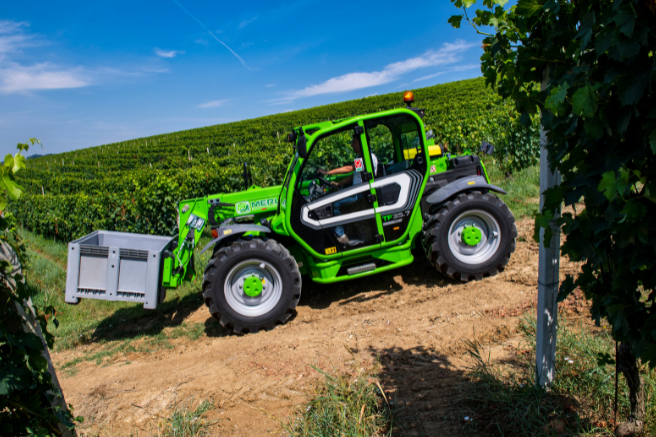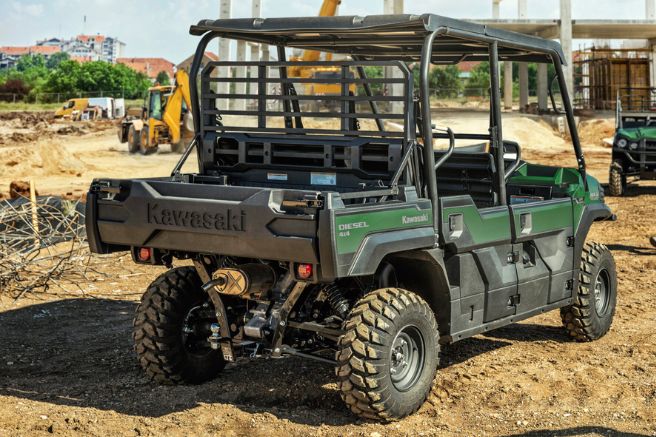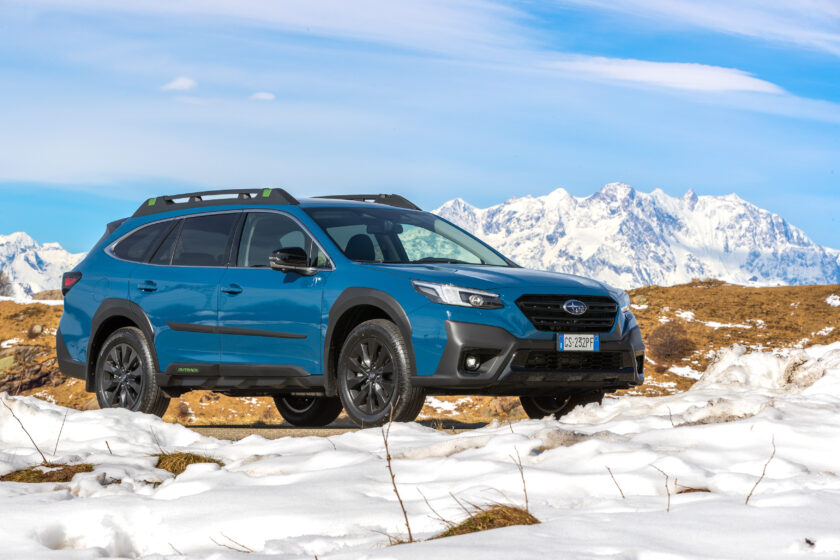
The car itself is not new, being the sixth generation of a vehicle launched in 1994 with the aim of combining the load capacity and performance of a station wagon with the off-road mobility of an SUV. Hence the name “Outback,” which refers to the vast and arid plains of the Australian outback, a hostile and hot environment that only the most reliable and well-equipped vehicles can tackle. The model received excellent market feedback and within Subaru’s lineup, it positioned itself at the top of the road range, a distinction that should not be taken literally, as the car comes standard with the “Symmetrical AWD” all-wheel-drive system, supplemented by the “X-Mode” system, which ensures ease and effectiveness of driving in various weather and road conditions, offering two usage modes, “Snow/Dirt” and “Deep Snow/Mud,” depending on whether there is snow, mud, or sand under the wheels.
Two Different Driving Modes
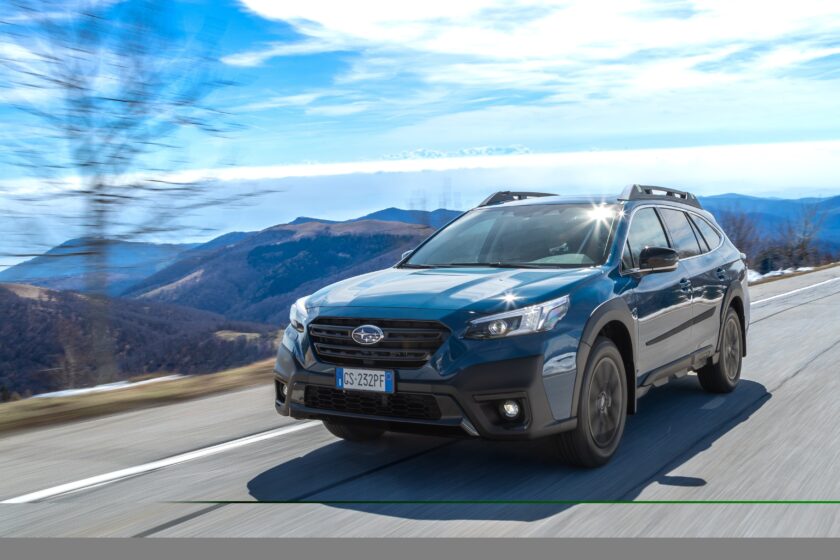
Thanks to this setup and the presence of a “Lineartronic” CVT automatic transmission, even less experienced drivers can move safely on the most difficult and yielding terrains, as well as on rough roads. The latter terrains see the “Outback” struggling compared to true off-road vehicles only due to its traditional design that prioritizes habitability and load capacity at the expense of reducing front and rear overhangs.
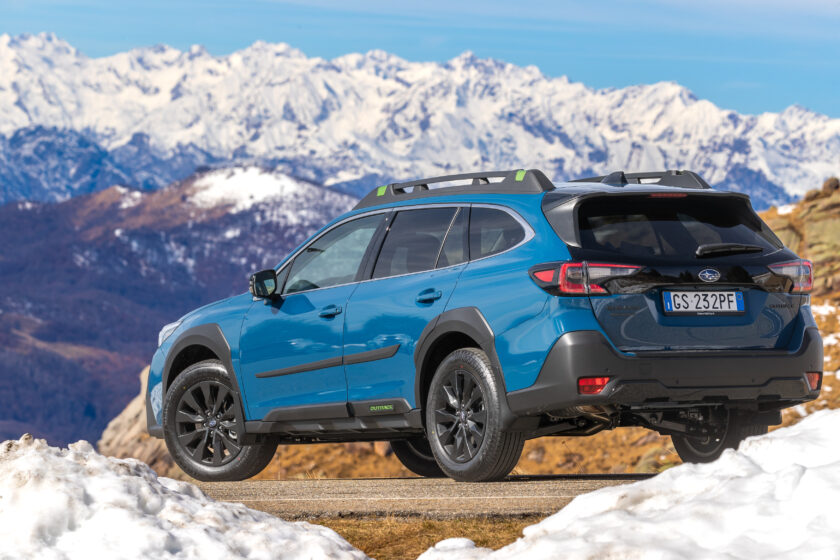
In fact, it is a true globetrotter supported by a 2.5-liter four-cylinder boxer engine producing 169 horsepower and 252 Newton meters of torque, which Subaru has recently offered not only in standard trim but also in special versions with unique features and finishes, as well as electronic management systems designed to make the car increasingly automated and thus able to actively protect its occupants.
The Latest Technical Solutions with the Subaru “Outback-Geyser”
The latest trim in this regard is “Geyser,” characterized by an elegant yet sporty blue livery enriched with a series of features aimed at protecting the bodywork from off-road assaults while also emphasizing the car’s touring character. Inside, it boasts all the latest solutions developed by Subaru to facilitate driving, some of which are still exclusive.
Monitored in Real-Time
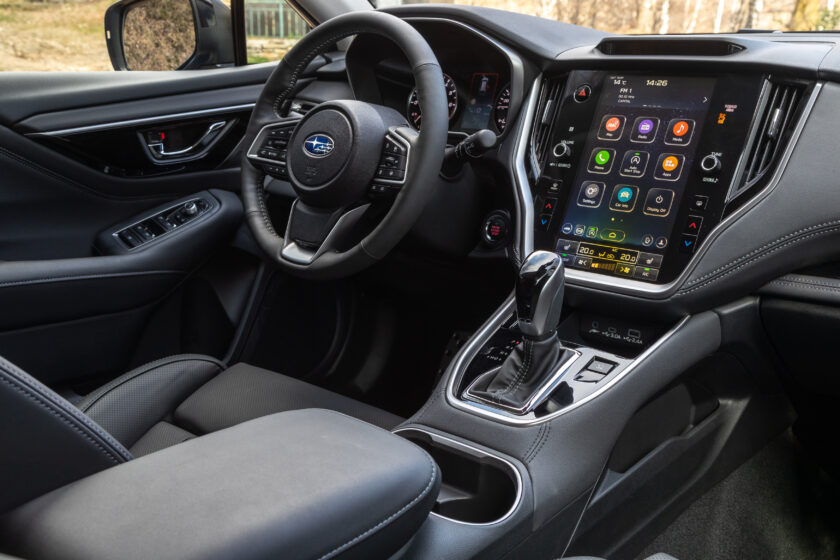
Among these is the “Driver Monitoring System,” which uses a camera to detect the driver’s attention to the road and can also recognize the user upon entering the vehicle, automatically adjusting the driver’s seat position, mirrors, and previously set climate control settings. The latest version of the “EyeSight” driver assistance system, now operating with new stereo cameras mounted at the front and fixed to the windshield, monitors the road, doubling the respective detection areas. Among its functions are “Autonomous Emergency Steering,” which in the event of a collision risk, automatically activates both the braking system and the steering, “Intelligent Speed Limiter,” “Adaptive Cruise Control,” “Lane Centering Control,” and “Preceding Vehicle Adaptive Steering Control.” Together, these features make the car resemble a kind of robot capable of driving almost autonomously, with safety being the essential element of travel.
Electrified Future
Subaru is also looking towards 2050 as the deadline to make its entire lineup free from propulsion systems operating on fossil fuels. The company is currently working on all available propulsion options, from mild hybrid to full electric, including internal combustion engines powered by non-conventional fuels. In this quest for the best available options, Subaru recently entered into a collaboration agreement with Aisin Corporation, a Japanese company specializing in the production of electronic components for cars and electric propulsion systems. The two companies will work together to develop an eAxle capable of equipping future Subaru electric vehicles. This unit will integrate the main components needed for the propulsion of a vehicle that uses an electric motor as its primary energy source in an axle structure. The group will consist of a gearbox, a motor, and an inverter and can operate either singly, on one axle, or in pairs, on both axles, thus creating simple or all-wheel-drive propulsion systems. The eAxles developed with Aisin will be used in battery electric vehicles that Subaru will begin producing in the second half of the 2020s.
The Subaru “Outback-Geyser” with the latest technical solutions
Autore: Redazione





